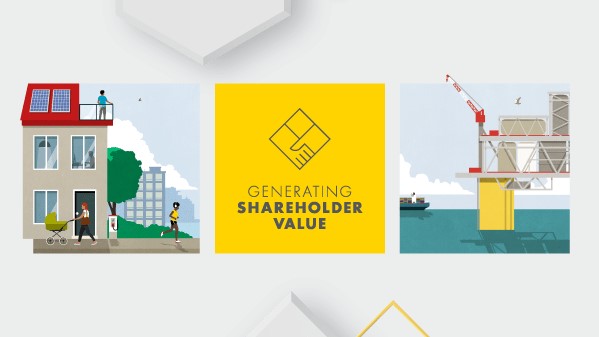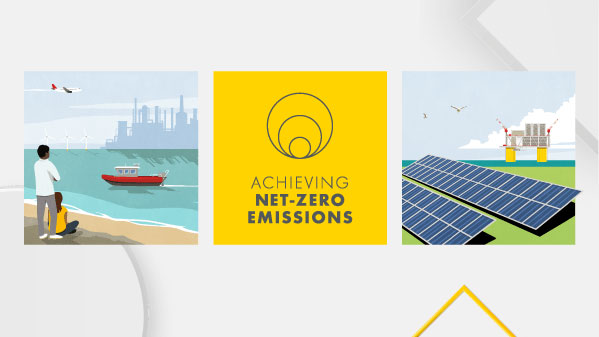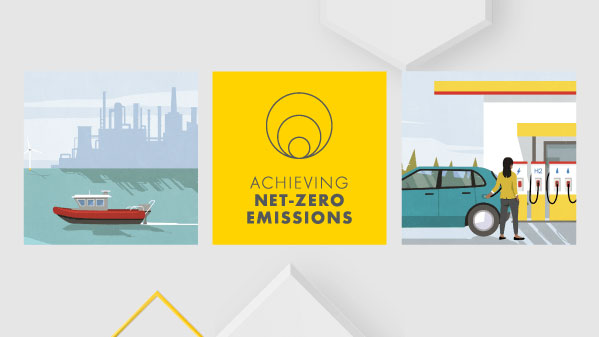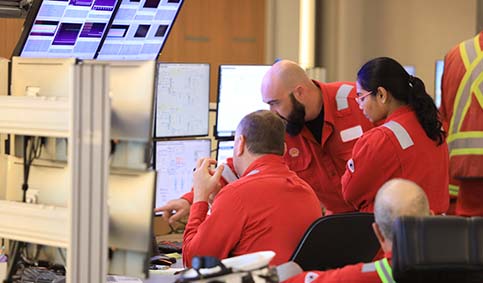Australia
Employees
2,949
Total tax contribution
$368,565,451
Taxes borne
$124,940,461
Taxes collected
$243,624,990
-
Third-party revenues
$6,272,077,565
-
Related-party revenues
$12,938,331,788
-
Total revenues
$19,210,409,353
-
Profit before tax
$9,586,150,828
-
Corporate income tax paid
$84,001,917
-
Corporate income tax accrued
$1,047,695,630
-
Stated capital
$59,910,230,878
-
Accumulated earnings
$(691,601,518)
-
Tangible assets
$29,946,090,929
-
Other payments to governments
$772,113,221
Shell's footprint
Shell began operations in Australia in 1901. Shell has invested heavily in its Australian portfolio, which spans onshore and offshore natural gas and liquefied natural gas (LNG) exploration and development projects, power retailing, gas and solar power generation and trading, solar and onshore wind development, battery storage and carbon farming and abatement activities. Shell in Australia comprises two corporate income tax groups with parent companies Shell Energy Holdings Australia Limited and QGC Upstream Holdings Pty Ltd.
Country financial analysis
The statutory corporate income tax rate in Australia is 30%. Shell's 2022 revenue rose largely because of higher prices and was predominantly derived from sales of LNG, condensate, liquefied petroleum gas, domestic gas and power. The Shell Energy Holdings and QGC tax groups had lower taxable income compared to accounting profits due to deducting capital allowances, carry-forward losses and using incentive credits. The corporate income tax paid figure for 2022 includes adjustments relating to previous years. Our Payments to Governments Report for 2022 shows that Shell also paid around $772 million in royalties, fees and infrastructure improvements.
Read more in Total tax contribution and in Payments to Governments Report(shell.com/payments-to-governments).










